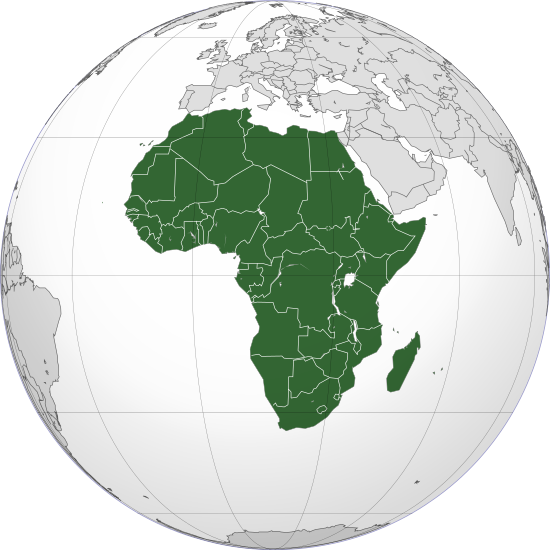Guns, Germs and Steel essay
Ruixuan Liu
The major argument of the episode was that Geography is very important to the development of a country. Geography was the shape of continents, their crops and animals that allowed some cultures to flourish while others were left behind.
Farming gave some cultures and enormous head start, and those who were lucky enough to have the most productive crops and animals became the most productive farmers. Agriculture first developed in a part of the Middle East known as the Fertile Crescent. Over time, crops and animals from the Fertile crescent spread into North Africa and Europe. By the 16th Century, European farms were dominated by livestock animals that had come from the Fertile Crescent, none were native to Europe. They provided more than just meat, they were a source of milk and wool, leather and manure. They provided muscle power crucially. European harnessed to a plough, a horse or an ox transform the productivity of farmland. European farmers were able to grow more food to feed more people, who could then build bigger and more complex societies. But in the New World, there were no courses or cattle for farming. All the work had to be done by hand. The Incas could never be as productive as European farmers, because of their geography. Horses gave Europeans another massive advantage that they could be ridden. The spaniards could ridded very well, precise control, stopping and starting and turning. These techniques were good in a military context as well. To the Incas, they’ve never seen people carried by their animals before. It would be strange and frightening. At that time, Spanish were armed with some of the best weapons in the world. So it stands to reason that they have guns. But in the 16th Century, the technology of gunpowder was still in its infancy, so the guns from Europe, they don’t seem useful for anything, they’re aims are terrible, they take a long time to reload, but the Incas even gotten this far, and even these guns, with its sound and with the smell to kill, would have been terrifying to someone who had never seen this before. This would have been shock and awe. The real power of the conquistadors lay elsewhere, with the production of steel. They were able to craft deadly steel weapons, while the Incas were still making simple bronze tools. Just as with guns, swords were the result of a long process of trial and error that began outside Europe. People started working with metal in the Fertile Crescent 7,000 years ago, and because Europe is geographically close to the fertile crescent, Europeans inherited this metal technology. But that took the technology on to a new level. European soldiers demanded stronger, longer, sharper swords. The Spaniards possessed another weapon they even didn’t know that had—Smallpox. In the 16th Century there were no vaccines, and there was no protection from the rampant spread of infectious disease. The first smallpox epidemic of the New World swept through Central America and reached the Inca Empire. During the Middle Ages, infectious diseases swept through Europe and claimed millions of lives. But paradoxically, repeated epidemics made europeans more resilient. In each outbreak, there were always some people who were genetically better able to get off the virus. These people were more likely to survive and have children. In the process, they’d pass on their genetic resistance. Over centuries, whole populations as acquired some degree of protection against the spread of diseases like smallpox—a protection the Incas never had.


